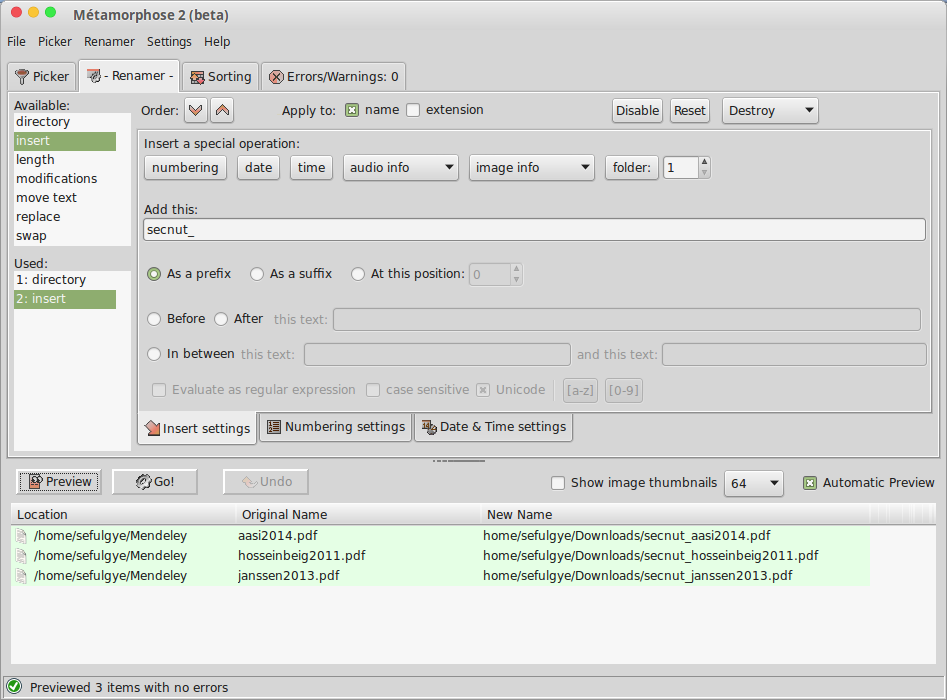

Next, we’ll see how to accomplish the same using Windows Search in Method 3 below.

Let’s say we have a folder structure like this: D:\PHOTOS Let’s use the Libraries feature in Windows to flatten a directory structure. You can aggregate content from multiple storage locations into a single, unified view using Libraries.
Recursive batch file rename full#
Windows libraries are similar to “Saved Search” and are backed by full content search and rich metadata. A library can contain files and folders stored on the local computer or in a remote storage location. Libraries are virtual containers for users’ content. The Libraries feature, first introduced in Windows 7, is also available in subsequent versions, including Windows 10.

Method 2: Using the Libraries feature in Windows Because, without the trailing slash, if the destination path is missing and you run the command, then the files in the folder and subfolders are copied and combined into one single file named all snaps to D:\ drive. Note: It’s always safe to include the trailing backslash ( \) after the destination folder path, as in the above example. If a file of the same name exists in the destination, you’ll be asked if you want to overwrite or skip the file. To move the files, replace copy with move This recursively copies all files in the d:\vacation snaps\2016\ folder to the d:\all snaps\ folder. Run the following commands, one by one and press ENTER after each line: md "d:\all snaps"įor /r %d in (*) do copy "%d" "d:\all snaps\".Scenario: Let’s copy all files from the d:\vacation snaps\2016 folder and sub-folders to the d:\all snaps folder recursively. Follow one of the three methods, whichever one you find easy. This procedure is also known as flattening a directory structure. You can copy or move files from sub-folders to a single folder using at least three different built-in ways in Windows. RELATED: How to Copy Folder Structure without Copying the Files Move or Copy Files in Subfolders to a Single Folder


 0 kommentar(er)
0 kommentar(er)
